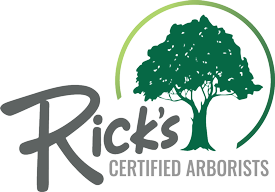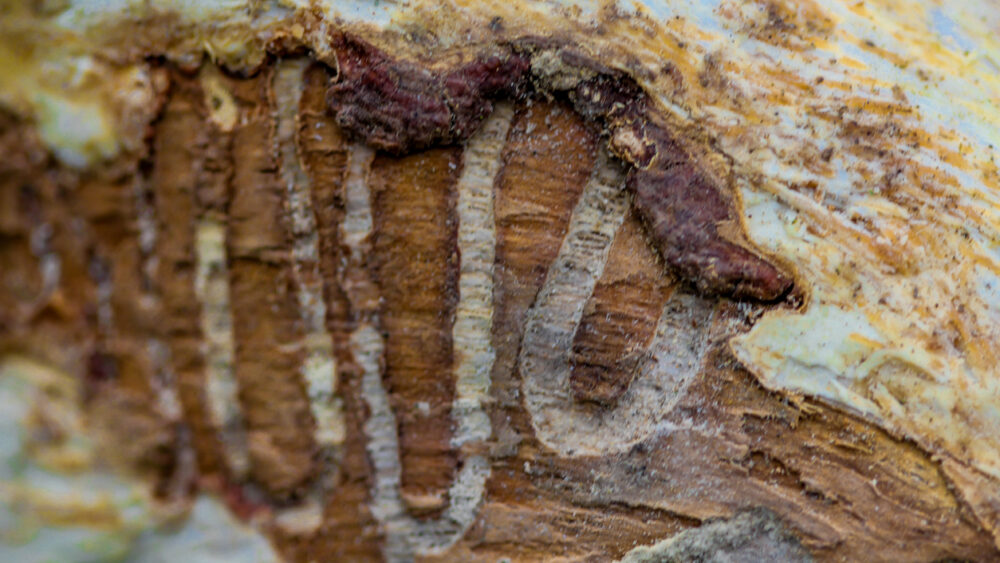The Emerald Ash Borer was confirmed in this area of Pennsylvania in 2012, but in the short time it’s been here, it has devastated countless ash trees in the community. With vigilance, these invasive insects can be stopped before they kill their hosts, but most homeowners don’t know the early signs of infestation—and once they notice that something is wrong with their tree, it’s often too late for Emerald Ash Borer treatment to be effective. Here’s what you need to know.
Why Emerald Ash Borers Are So Harmful
Emerald Ash Borers have a very limited flight range, so they primarily travel via ash tree firewood, wood chips, and nursery stock. Despite this, they’ve quickly gained foothold in the area. Ash borer larvae live inside ash trees and bore through their tissue; trees use this tissue to transport water, so the larvae’s tunneling eventually kills trees by damaging this vascular system.
Signs of Emerald Ash Borer Infestation
Because the tunneling that ultimately kills ash trees occurs inside the vascular tissue rather than on the outside of the trunk, it can be difficult to identify an Emerald Ash Borer infestation. Most people enjoy having trees in their yard, yet they rarely pay close enough attention to them to notice that something is wrong. The most common signs of Emerald Ash Borers include:
- Crown Dieback – The ends of the tree branches begin to die, causing a thinning canopy.
- Epicormic Sprouting – New growth starts to occur along the main limbs and lower trunk.
- Bark Splitting – You may notice vertical splits in the bark, which is caused by tissue damage underneath.
- Increased Woodpecker Feeding – Woodpeckers feed on Emerald Ash Borer larvae, so you’ll see more holes in the trunk from their feeding.
- D-Shaped Exit Holes – When adult Emerald Ash Borers emerge, they create D-shaped holes in the bark.
If you notice any of these signs, time is of the essence—it’s important to get prompt treatment in order to save your ash tree.
Best Treatment for Emerald Ash Borer
The most effective treatment for Emerald Ash Borer infestation is trunk injections. This involves injecting pesticide directly into the tree’s vascular tissue. The pesticide is harmless to the ash tree, but kills the larvae that are tunneling inside. Trunk injections offer two years of protection, which is good news for property owners who don’t want to have to remember to schedule more frequent treatments.
While soil treatments are also available, the best treatment for Emerald Ash Borers is injections because they ensure that the pesticide reaches the larvae. We drill through the bark at the base of the tree in order to inject the treatment, which means it is absorbed quickly and transported throughout the entire tree.
Although it’s best to time trunk injections after trees have grown leaves in the spring but before Emerald Ash Borer eggs have hatched, when an infestation is identified at other times of the year, treatment should begin immediately rather than waiting for the next growing cycle.
The Importance of Hiring a Certified Arborist
Certified arborists are tree specialists—there’s simply no one better to protect your ash trees. We have advanced training in identifying the earliest signs of infestation and acting early gives us the best possible chance of preventing deadly damage to your tree.
If you have ash trees on your property, we suggest annual inspections to monitor their health. As they say, the best defense is a good offense—taking down a tree is much more expensive than maintaining its health through wellness checks and trunk injections.
Schedule an Ash Borer Treatment Consultation
Call us today at 610-840-2655 and we’ll come out to assess the health of your ash trees and provide an estimate for trunk injections, if necessary. You can also contact us via email or request a quote online.


Comments are closed.